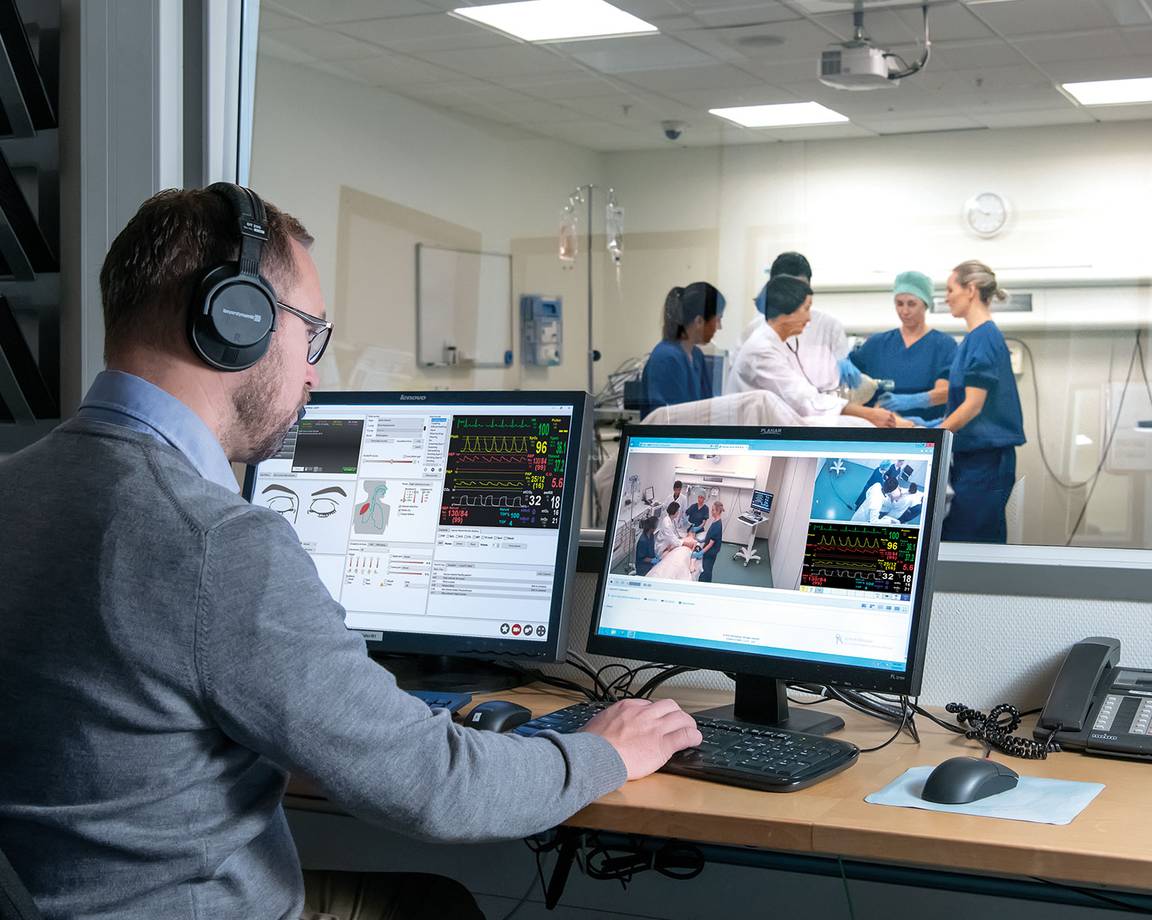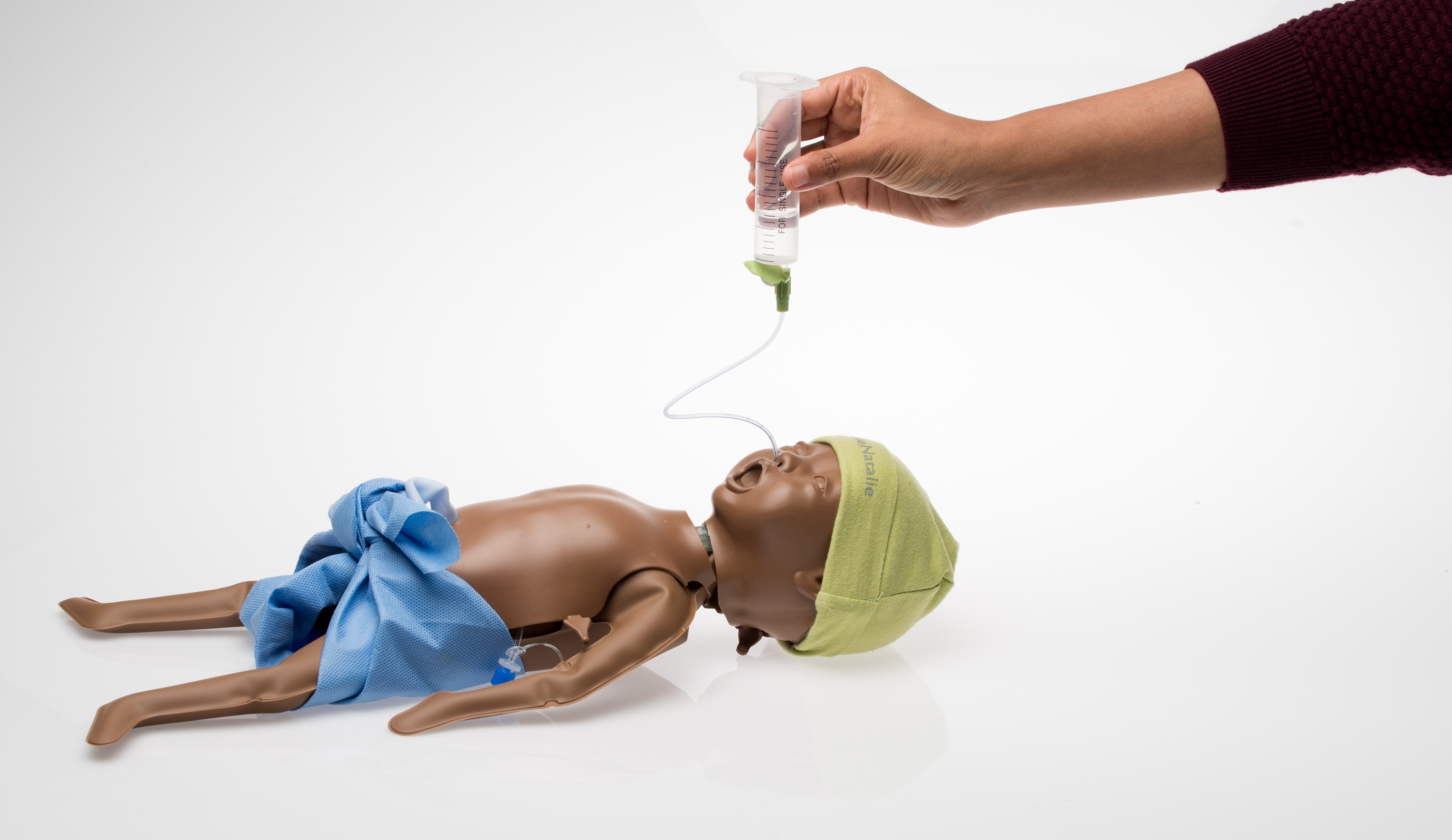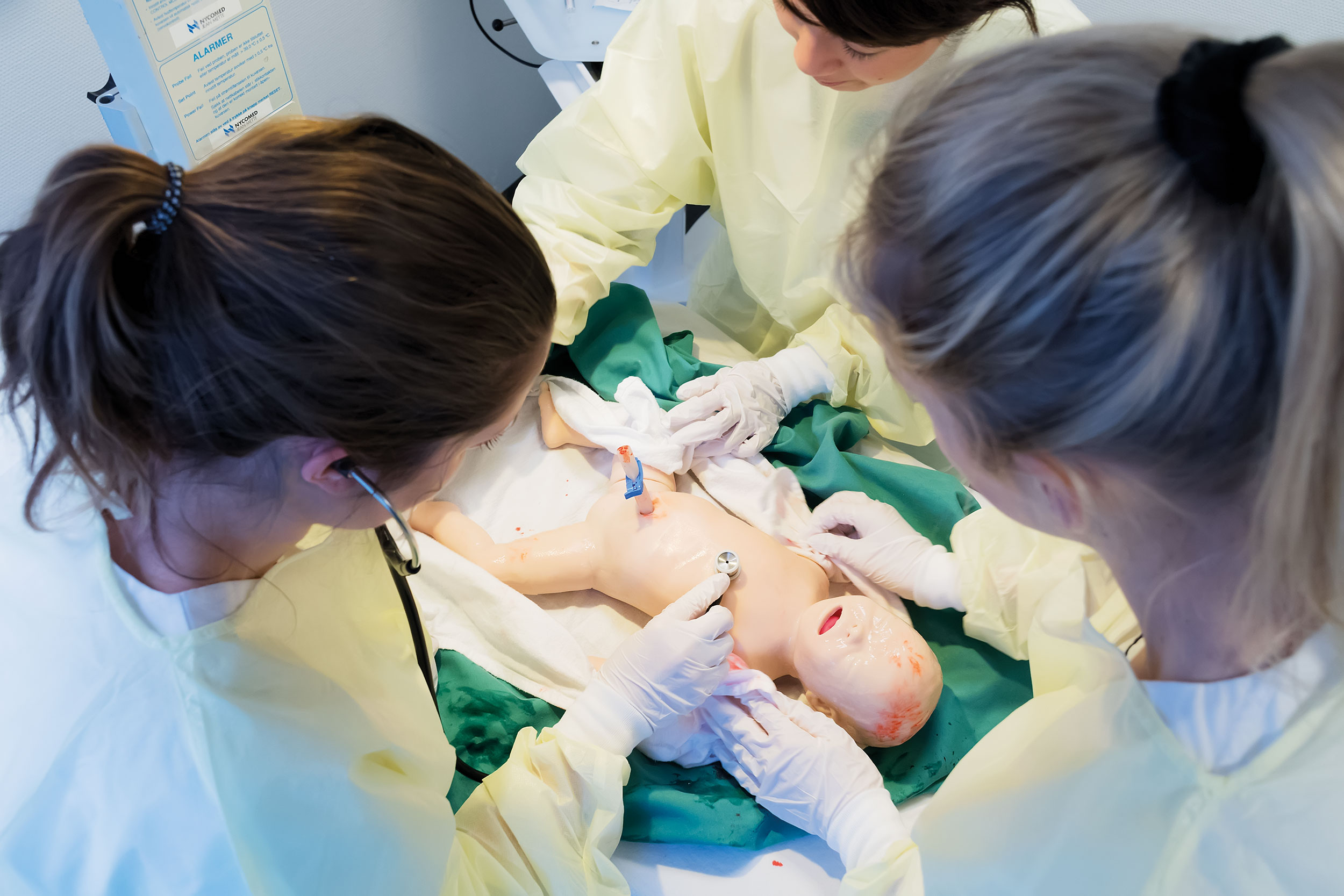High-Tech. High Fidelity.
In The Smallest Of Spaces.
Every year, 15 million babies are born preterm. That equates to 1 in 10 babies that require high-quality care in a uniquely complex and time-sensitive process.
Improve outcomes for premature infants by combining lifelike anatomy with state-of-the-art technology.
SIMCharacters Paul is a true-to-life, 27-week (+3) premature baby simulator developed by a team of medical and design experts. Paul combines anatomically correct 3D-printed airways based on real-life preterm MRI scans, physiological and pathological breathing patterns, realistic internal structures, and lifelike facial and skin features.
Paul ensures readiness for low-frequency, high-risk premature birth scenarios through precise anatomy and realistic pathologies.
From competency to critical care, Paul uniquely reshapes simulation training and empowers neonatal care providers to excel in real-world situations.
Learn more about SIMCharacters and Laerdal partnership

Authentic both inside and out with feedback
"Paul’s airway is absolutely realistic. You feel like you are intubating a real premature baby."
Dr. Martin Wald, Head of Neonatology Department. Paracelsus Medical University Salzburg
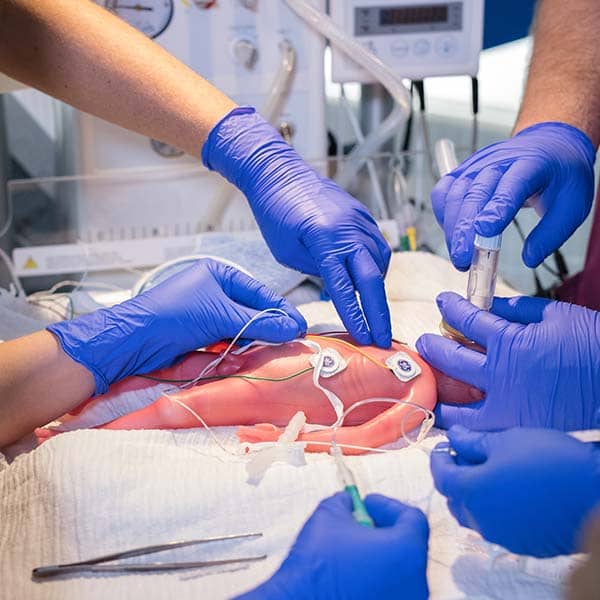
Supports Training for:
- Respiratory Distress Syndrome (RDS)
- Bronchopulmonary Dysplasia (BPD)
- Pneumothorax
- Necrotizing Enterocolitis (NEC)
- Abdominal distension
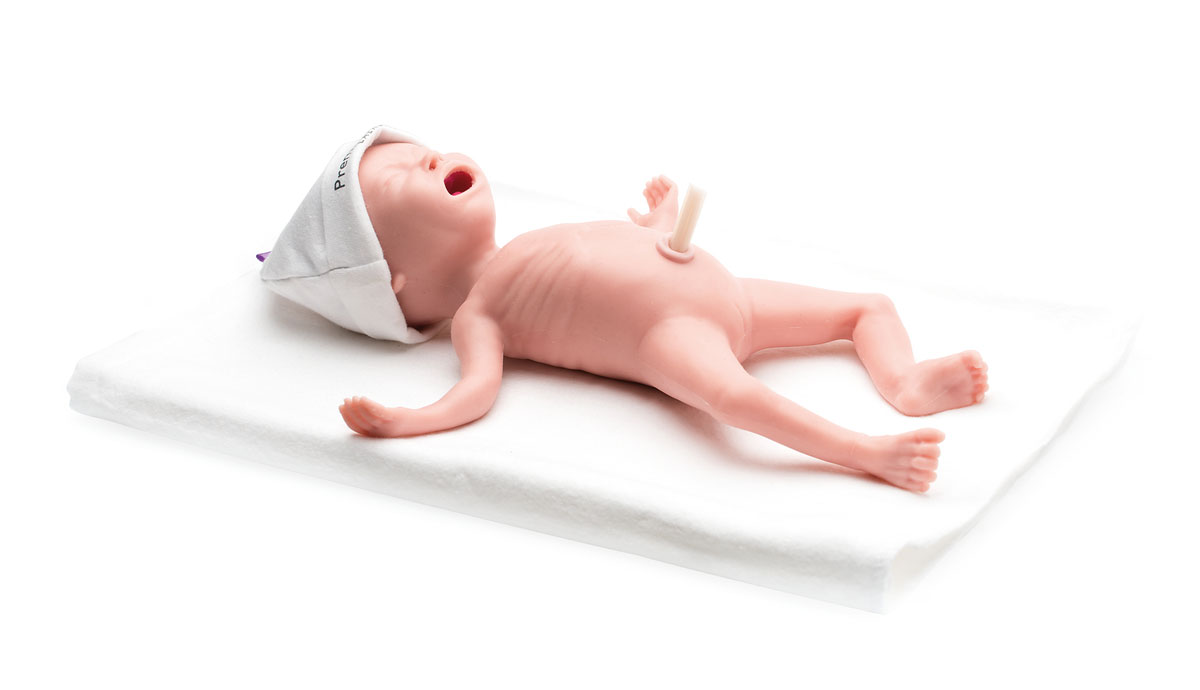
From effective task trainers to realistic simulators
Effective training for the preterm patient pathway
Providing effective care for the smallest infants is a result of relevant training and diligent practice.
- Learners begin their journey with the Premature Anne.
- A proportioned 25-week preterm trainer created for mastering necessary proficiencies for preterm infant care.
- Helps large groups of learners build confidence and refine essential skills.
- Developed in collaboration with the American Academy of Pediatrics.
Mama - a baby's first word
The importance of "Mama" is shared across languages and cultures.
But when a mother is lost during the labor and delivery process, it can have a potentially devastating effect on the family, community, and society.
Read how simulation training made a difference in ensuring a newborn would be able to have his “Mama”

